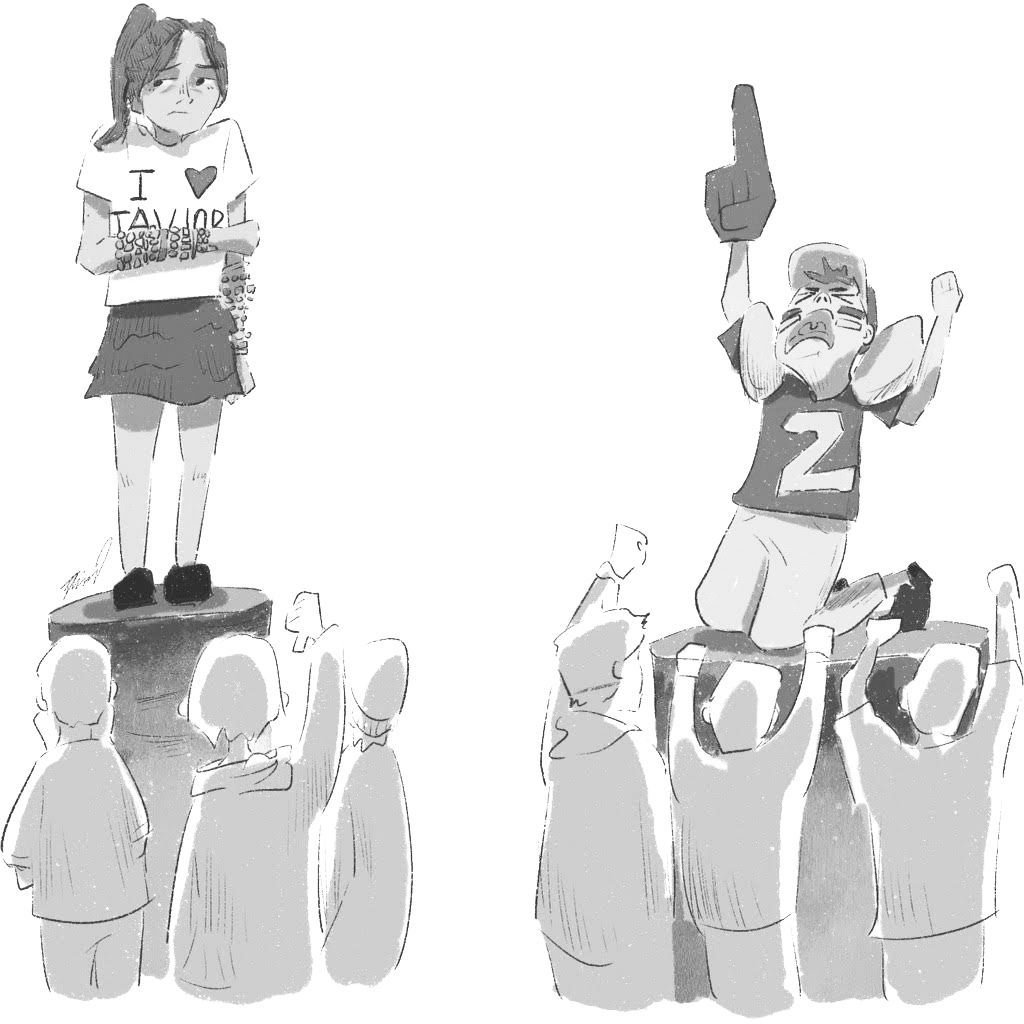On Aug. 8 1972, during the midst of the Cold War, Channel 13 in New York received a swarm of calls complaining about the network’s programming. Viewers repeatedly asked the station to switch the coverage from the Democratic National Committee meeting in Washington so that they could watch the historic Bobby Fischer vs Boris Spassky World Chess Championship. Rather than watch coverage of an important presidential campaign, the American public preferred to watch hours-long games of intense chess matches.
The history of chess in general is a rich and complex one that dates back to the 6th century. Originally created in India, the game spread to ancient Persia. After the Arab conquest of Persia, chess was adopted throughout the muslim world, where it experienced many revisions that helped create the modern version of the game. Finally, it reached Europe through the Moorish conquest of Spain. Today, according to a YouGov poll, chess is the most popular board game worldwide, and is played internationally across the globe. FIDE, the World Chess Federation, cited the number of people who play chess to be 605 million—a number comparable to regular users of Facebook.
As far as chess in the United States goes, most people consider Bobby Fischer’s career to be unparalleled. It was during his era as a competitive player that chess managed to garner huge audiences in the United States. Fischer’s matches against his Soviet adversaries, such as Anatoly Karpov and Boris Spassky, were more than a game. To the American people, they were microcosms of the Cold War itself. Chess had become so important that throughout 1972, The New York Times published 241 articles about it. Within the U.S., the game reached the peak of its popularity.
However, since the 1972 World Chess Championship games, chess coverage has gradually disappeared from American media. The number of chess-related articles published in The New York Times has plummeted: 148 in 1995, 28 in 2011. Chess World Championships no longer have nearly the same amount of viewership. Slowly, one of the United State’s most popular games has disappeared from its cultural fabric.
Today, America’s hopes for hosting a chess world champion lie in Hikaru Nakamura, who is currently ranked 11th in the world. While America has lagged behind in the chess standings, other countries, such as Armenia (which only has a population of three million) and Russia, who continue to dominate the game. As Russian Chess Grandmaster Anatoly Karpov once put it, “Chess in Russia is like baseball in America.” In Eastern European cultures, chess is taught at an early age. and lessons are even compulsory in Armenian schools. In total, there are 30 countries worldwide that include chess in their school curriculum.
The Telegraph’s chess columnist and head of charity Chess in Schools and Communities Malcolm Pein, went to Armenia to study their educational model. “Of the bits I’ve seen of the Armenian model, I was impressed with how incredibly good their children were at visualising things,” he said. Through his campaigning for chess in schools, Pein has aimed for every child to have at least 30 hours of chess instruction in their first six years of school.
Beside the fact that making chess a part of education would help foster a new generation of American Chess Grandmasters, it also has been proven to have significant educational benefits. In a federally-funded 1979 study, Dr. Robert Ferguson, the coordinator for Gifted Education in the Bradford Area School District, and his colleagues analyzed a small number of gifted students in a Pennsylvania school district. Their study showed that after just 60 hours of chess instruction, significant progress was made in critical thinking, using the Watson-Glaser Critical Thinking Appraisal and the Torrance Tests of Creative Thinking as measurement tools. Another study, conducted in 1987 by Dr. Diane Horgan, and expert in cognitive psychology, built upon the research of earlier studies and confirmed their findings: chess is an efficient way of learning.
Studies have proven time and time again that chess can improve visual memory, attention span, spatial reasoning, and even math skills. The mathematics curriculum in New Brunswick, Canada uses chess to teach logic and problem solving from second grade to seventh grade. After implementing this curriculum, the average problem-solving score of students in the province increased from 62 percent to 81 percent. The Province of Quebec, where the program was first introduced, has the highest math grades in Canada, and Canada, as a nation, scores better than the US on international mathematics exams.
While chess has faded from America’s cultural fabric, there are still organizations such as America’s Foundation for Chess that advocate for the game being accessible in schools. Ever since the Cold War, the U.S. has fallen in international education tests. Integrating chess into our school system could likely help boost our children’s critical thinking skills, which in turn, would improve our economy and employment rates. Besides the fact that chess has educational benefits, it has been a big part of America’s history, and it doesn’t deserve to be dropped out of the mainstream culture.





